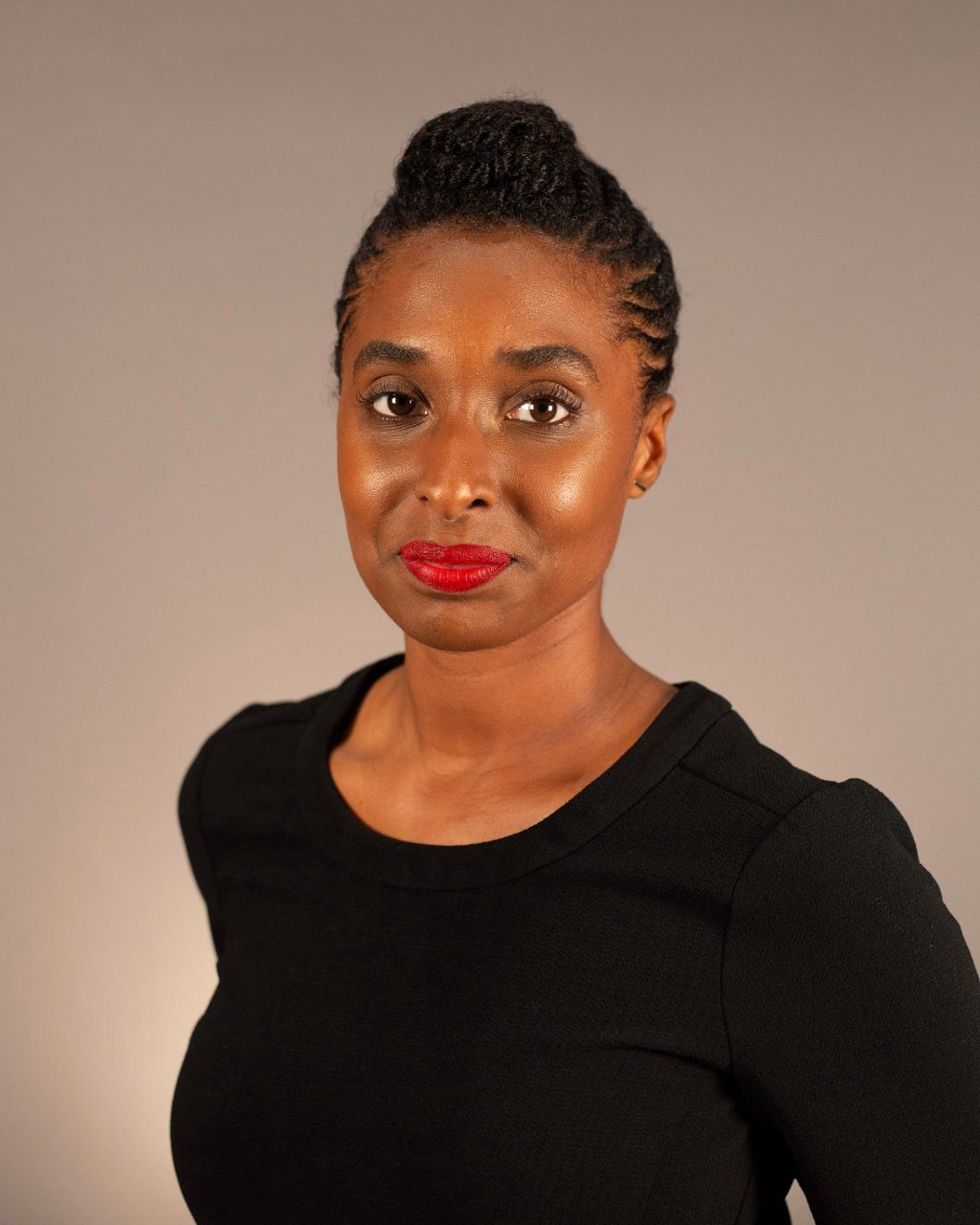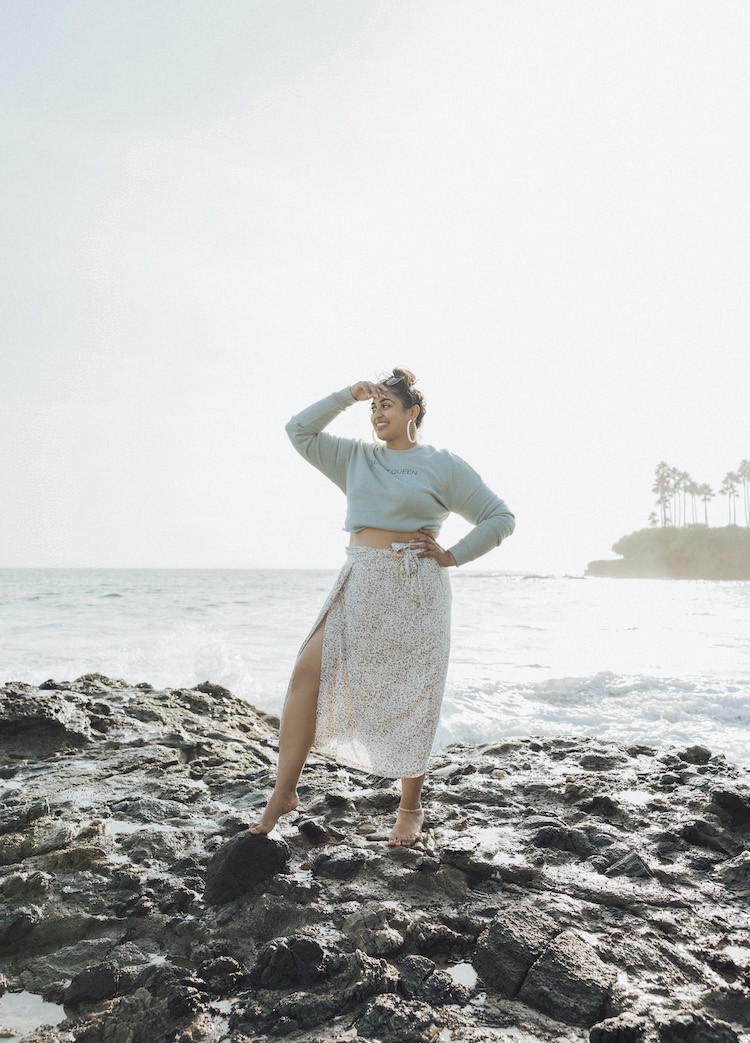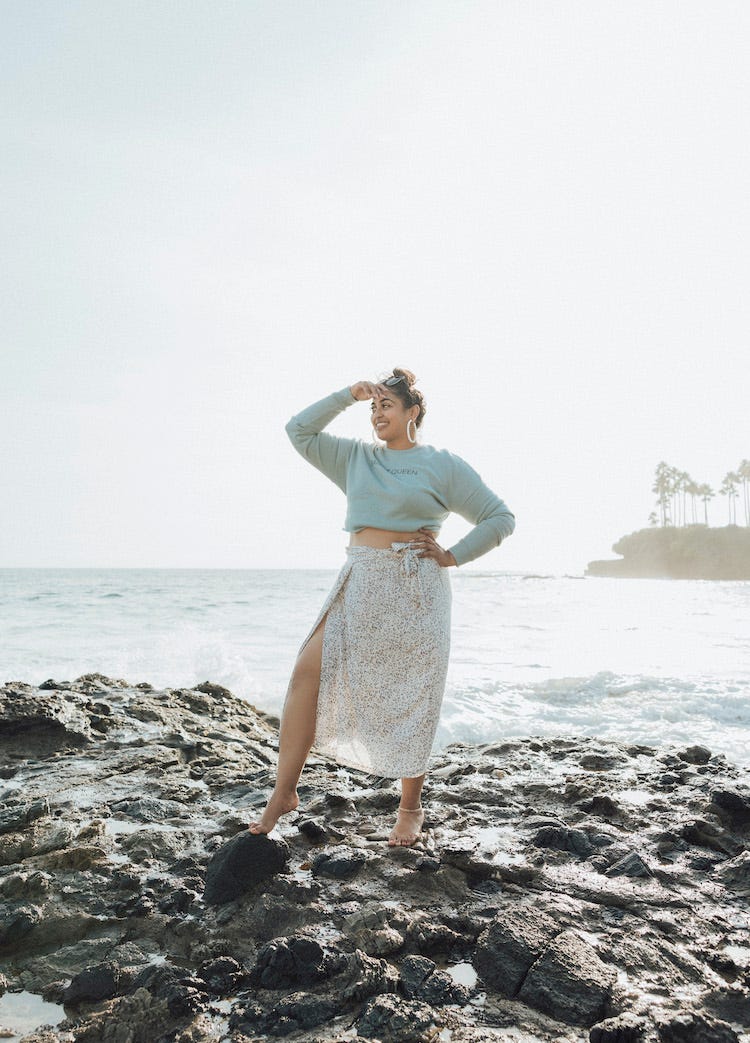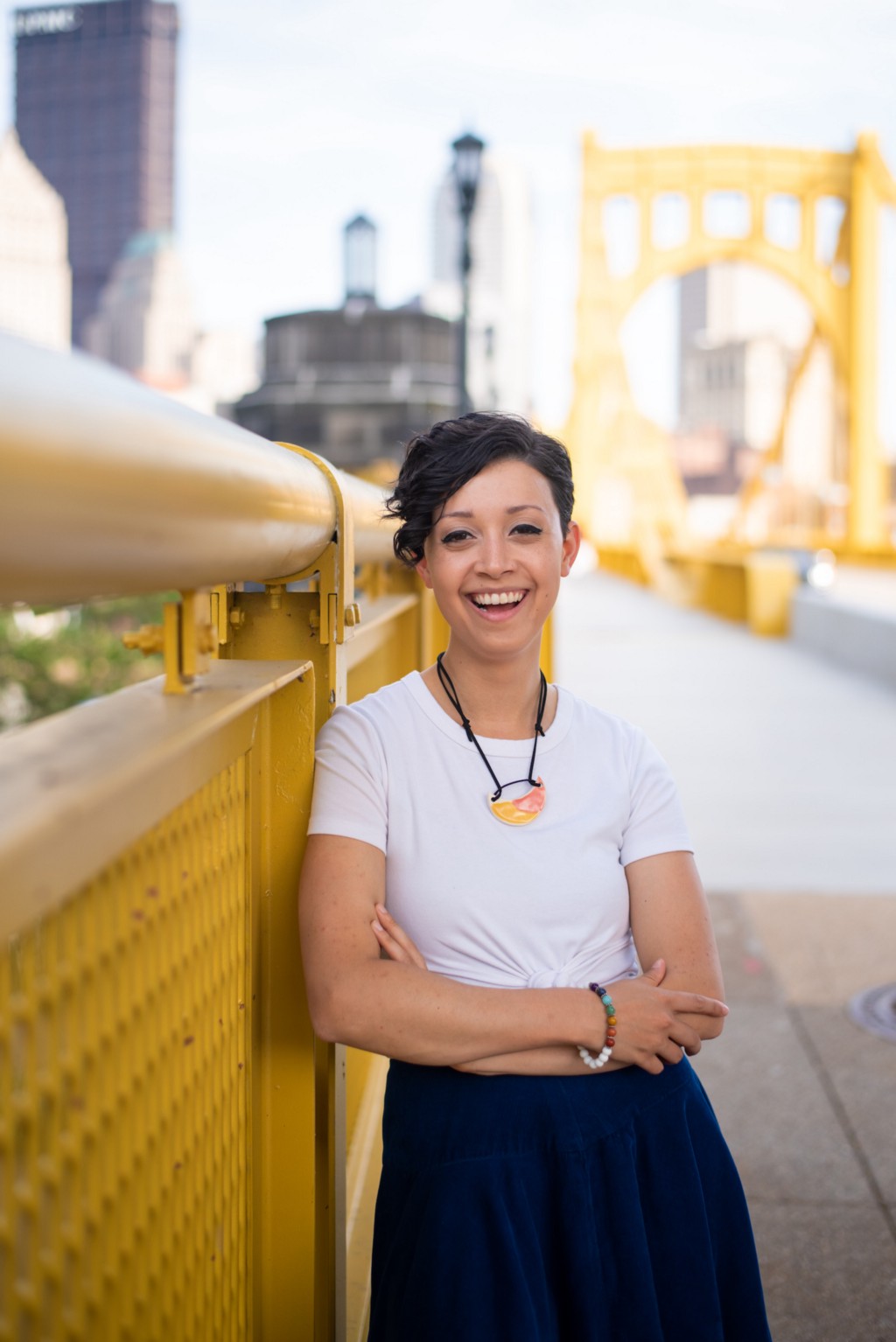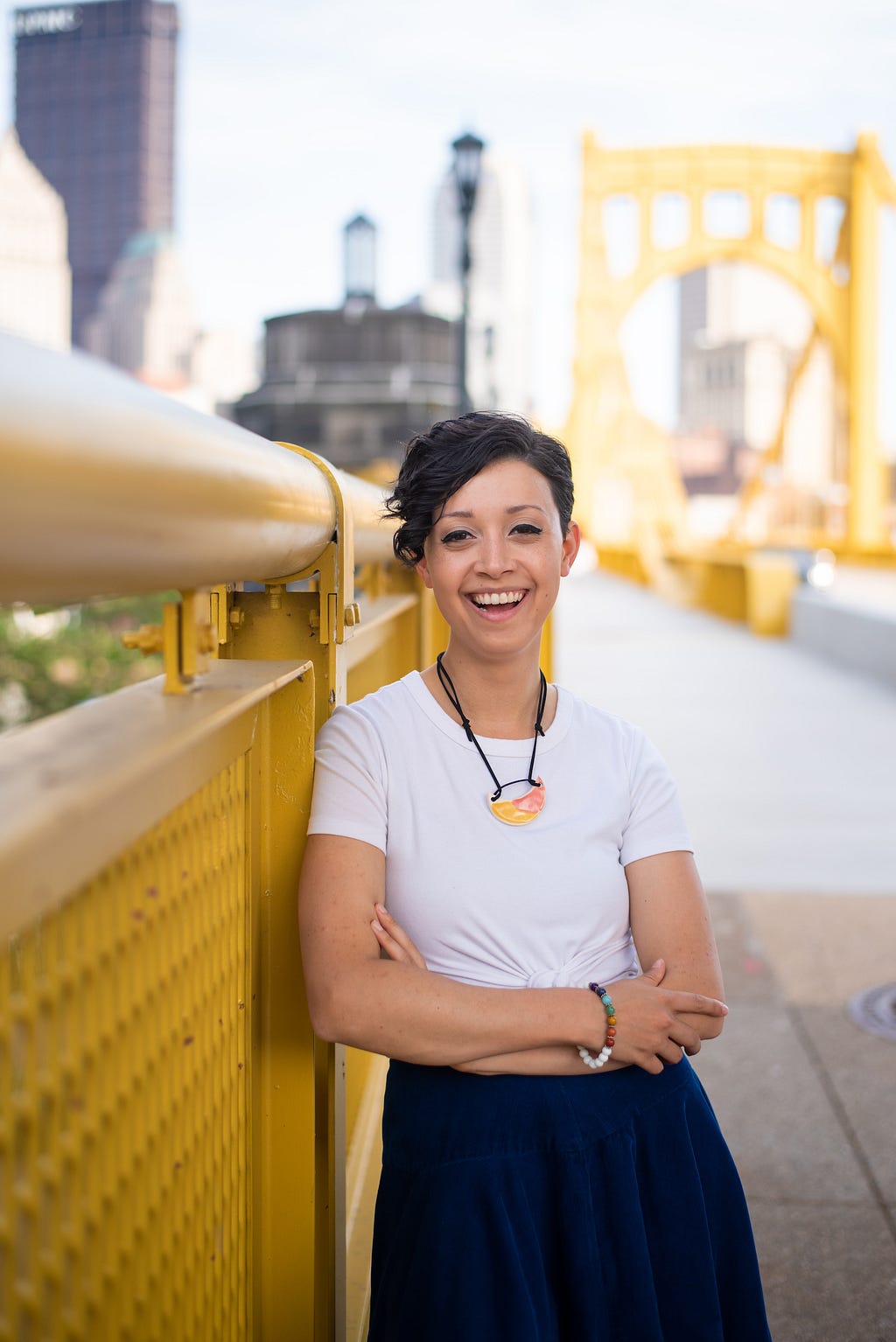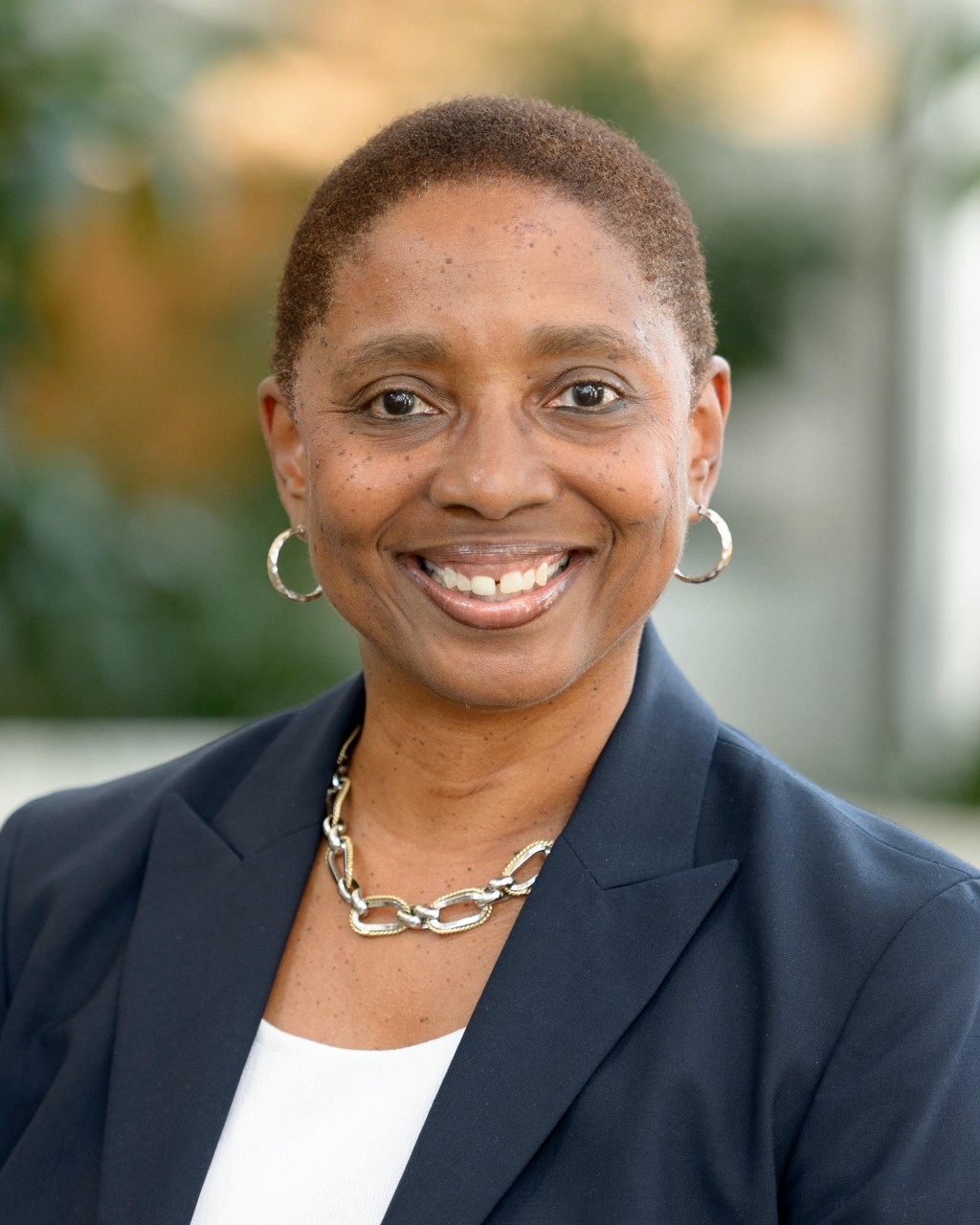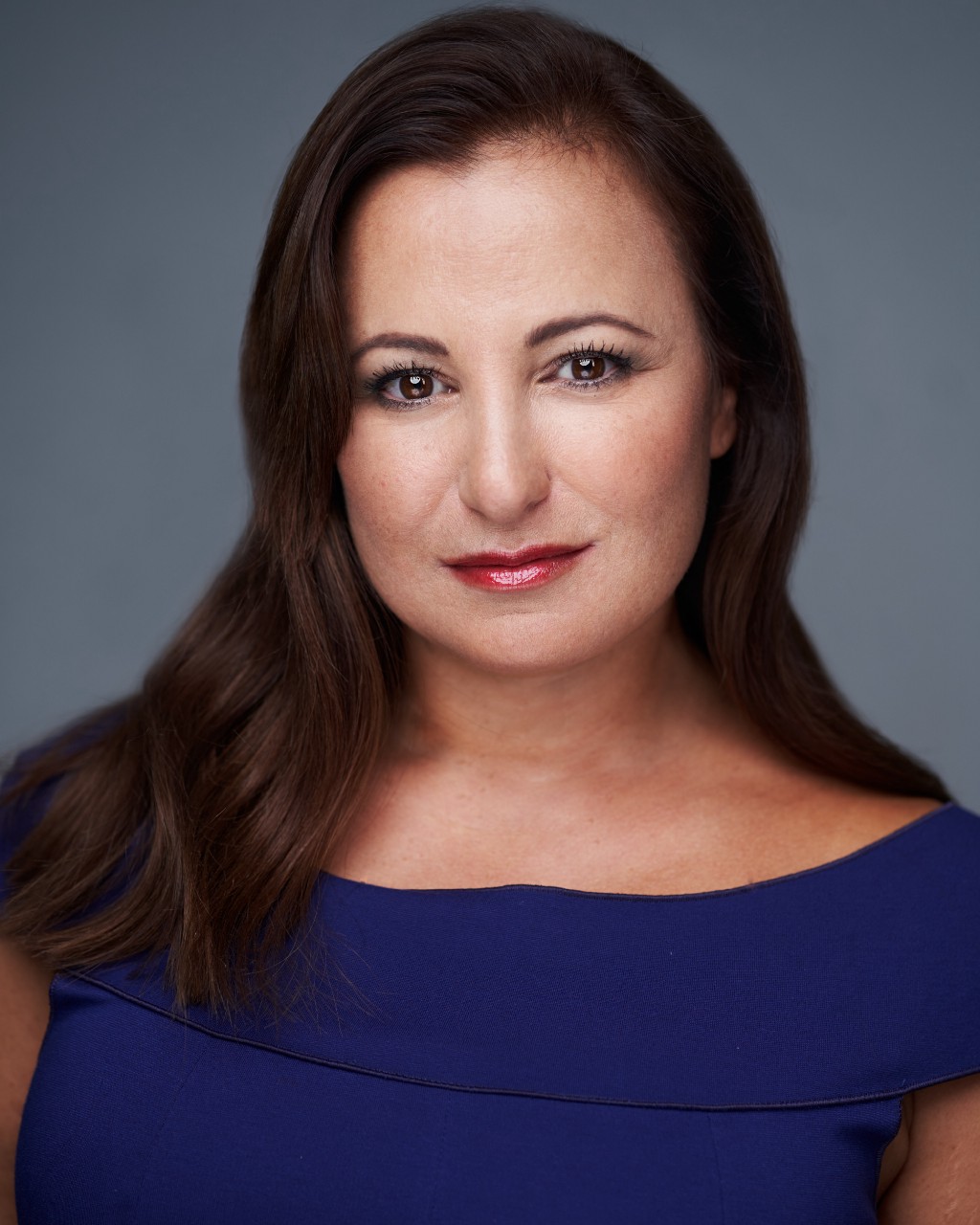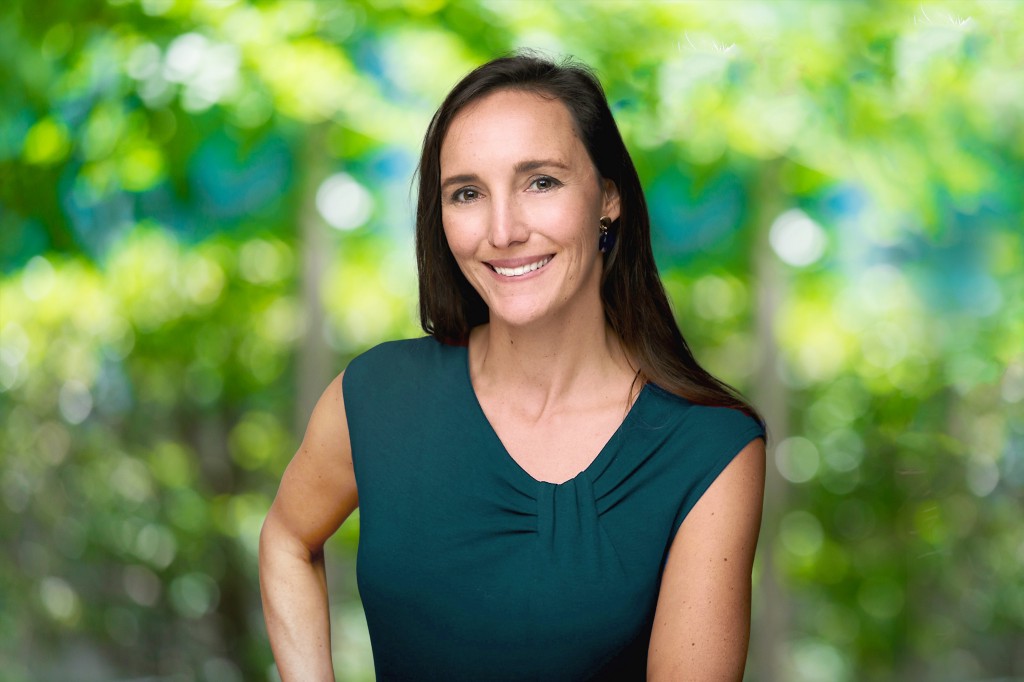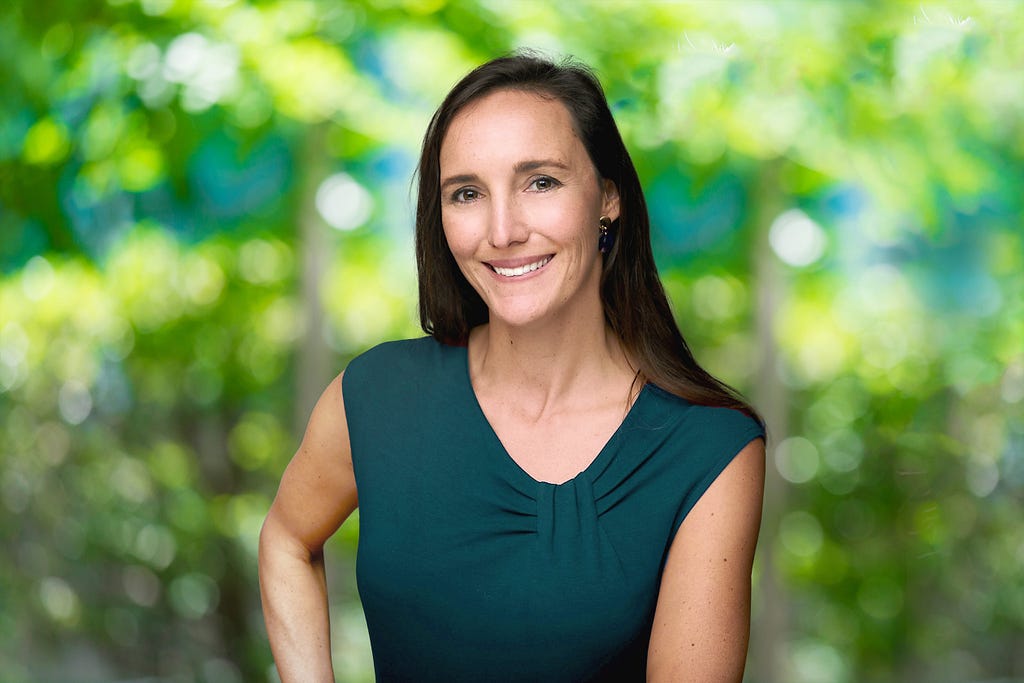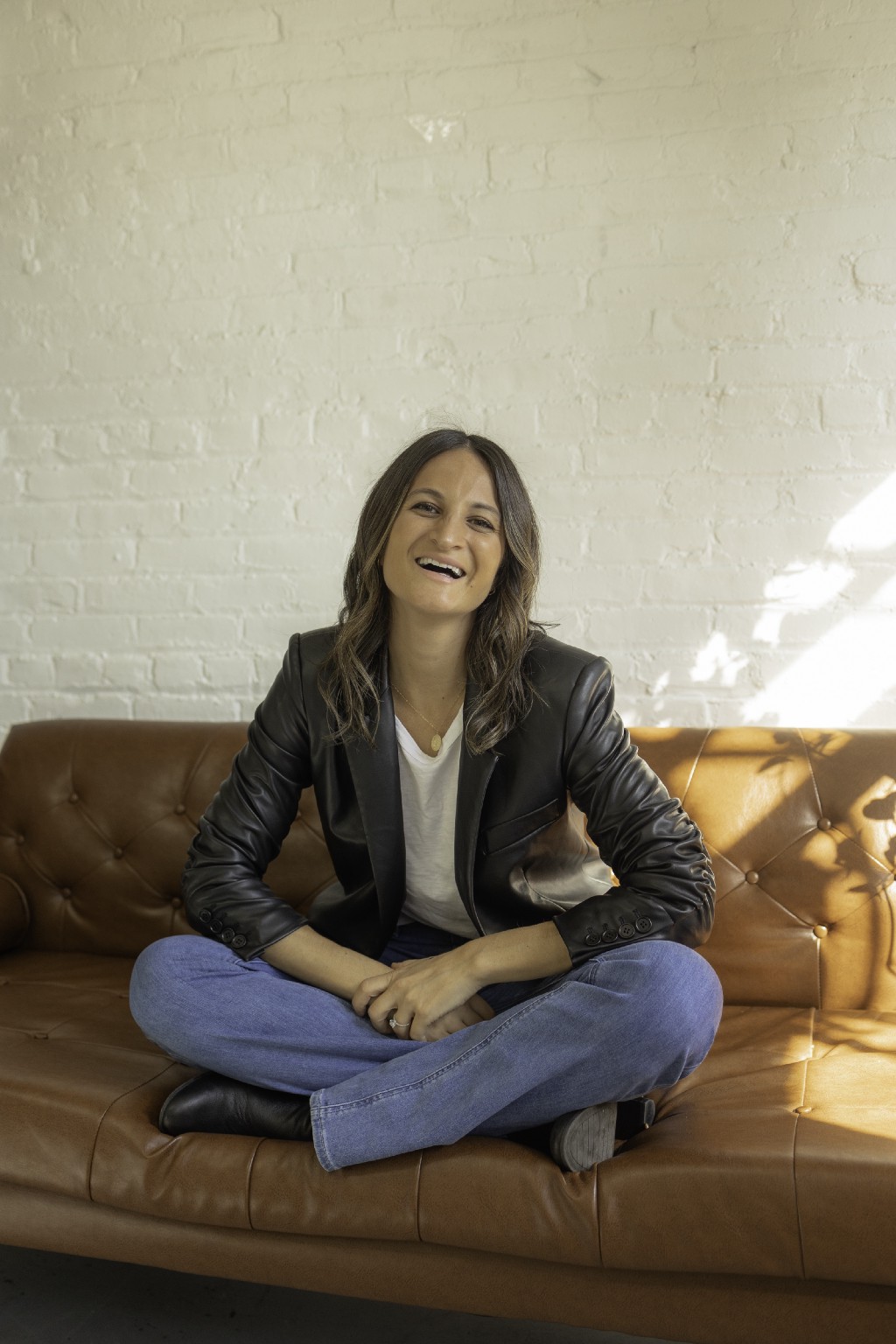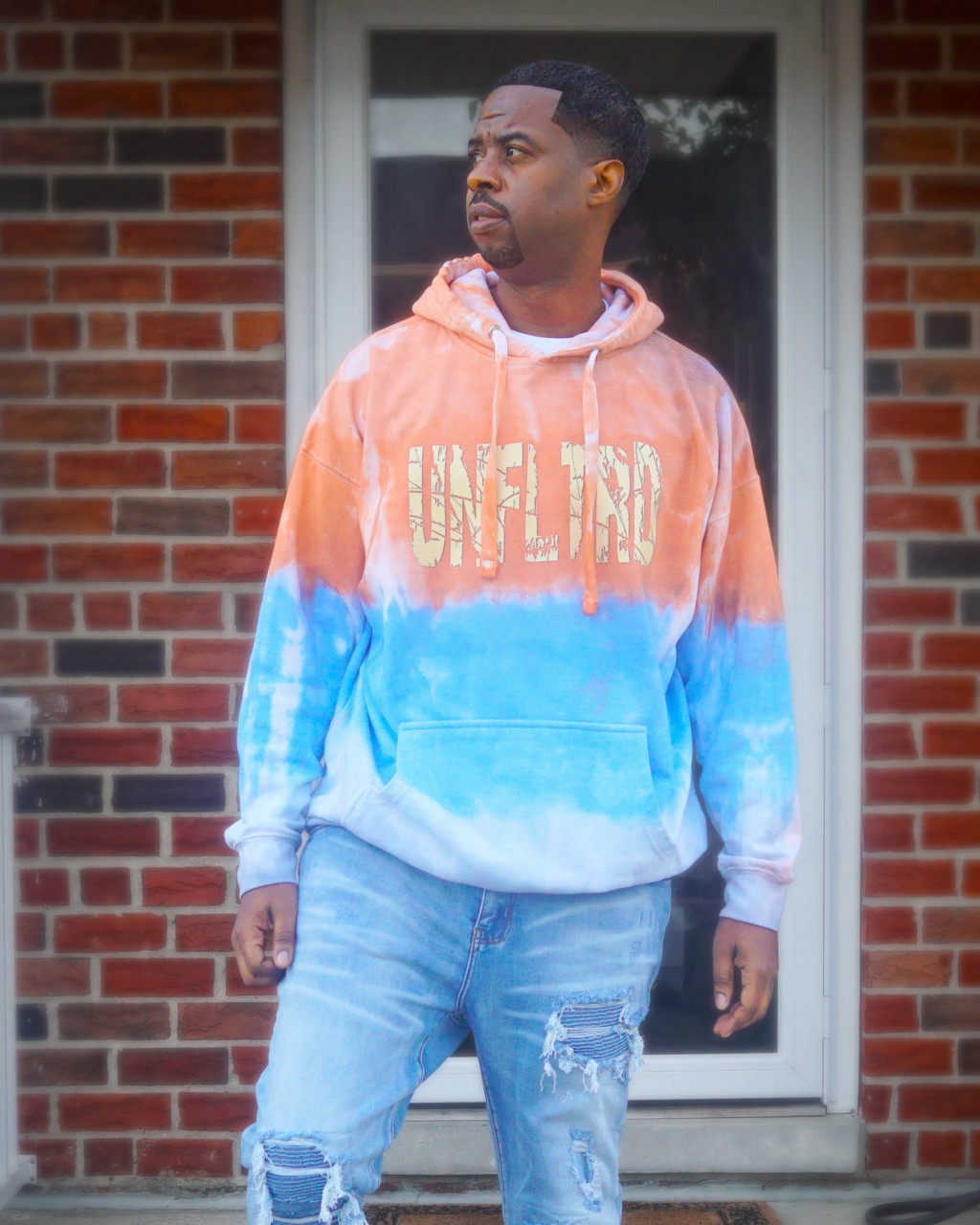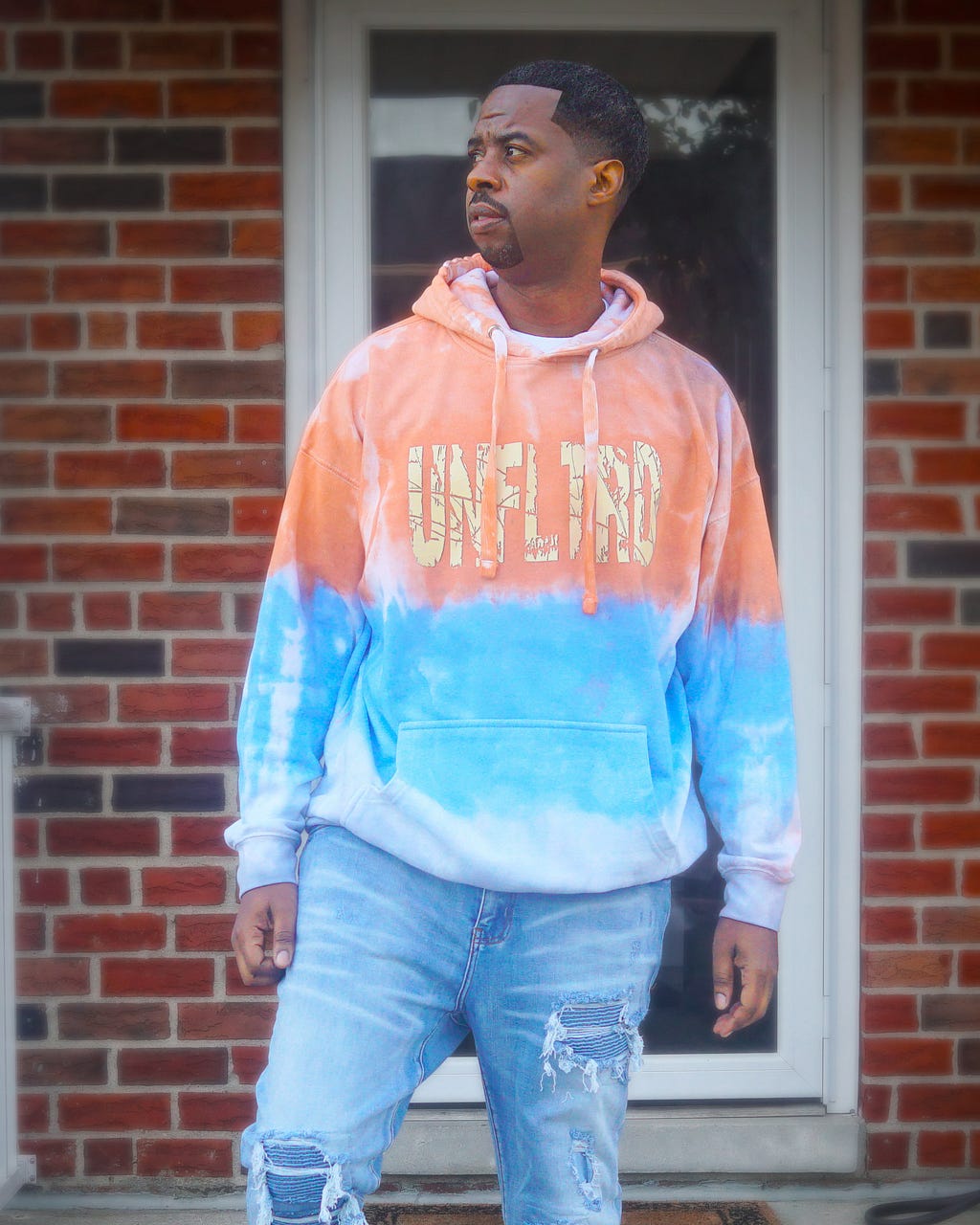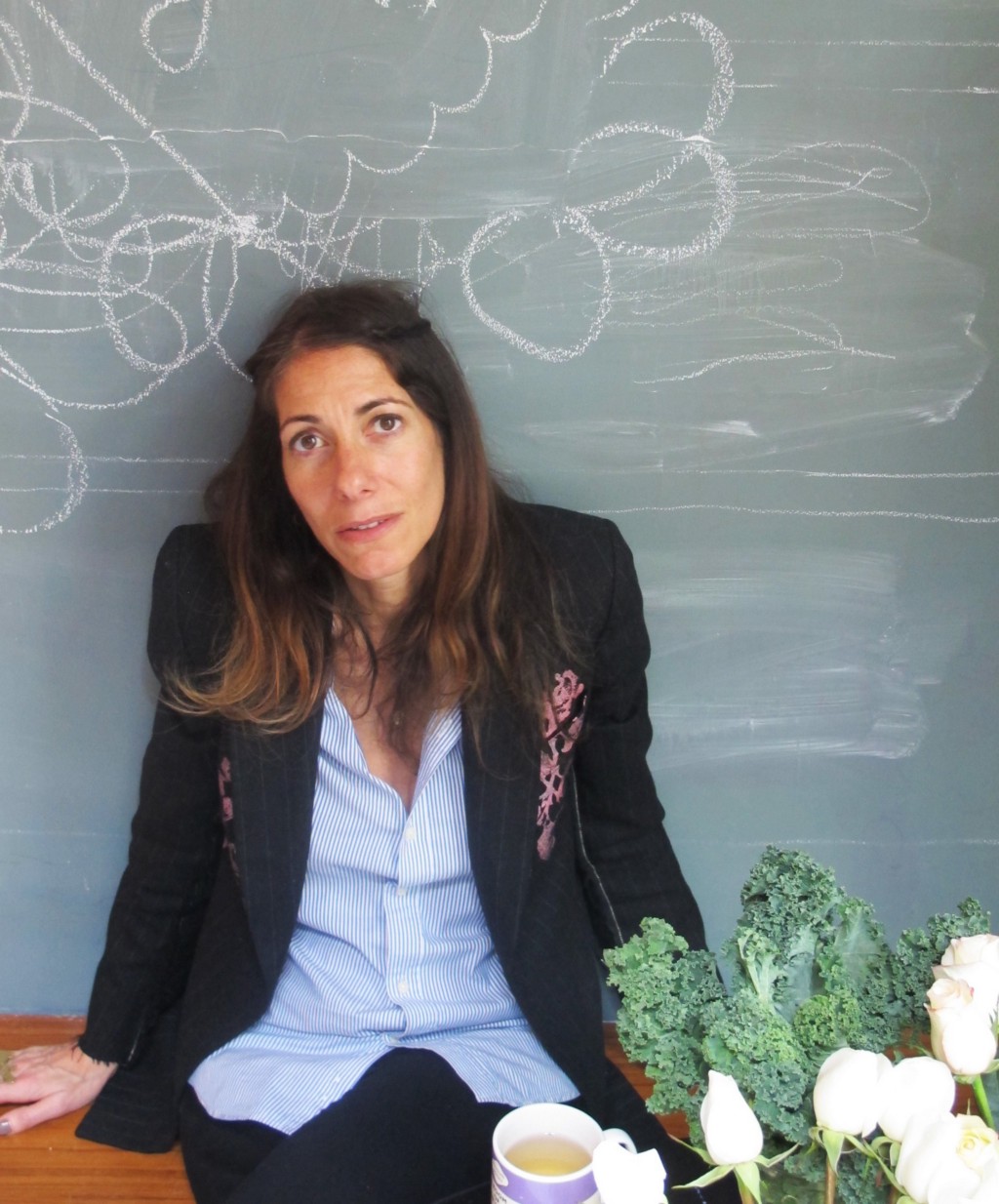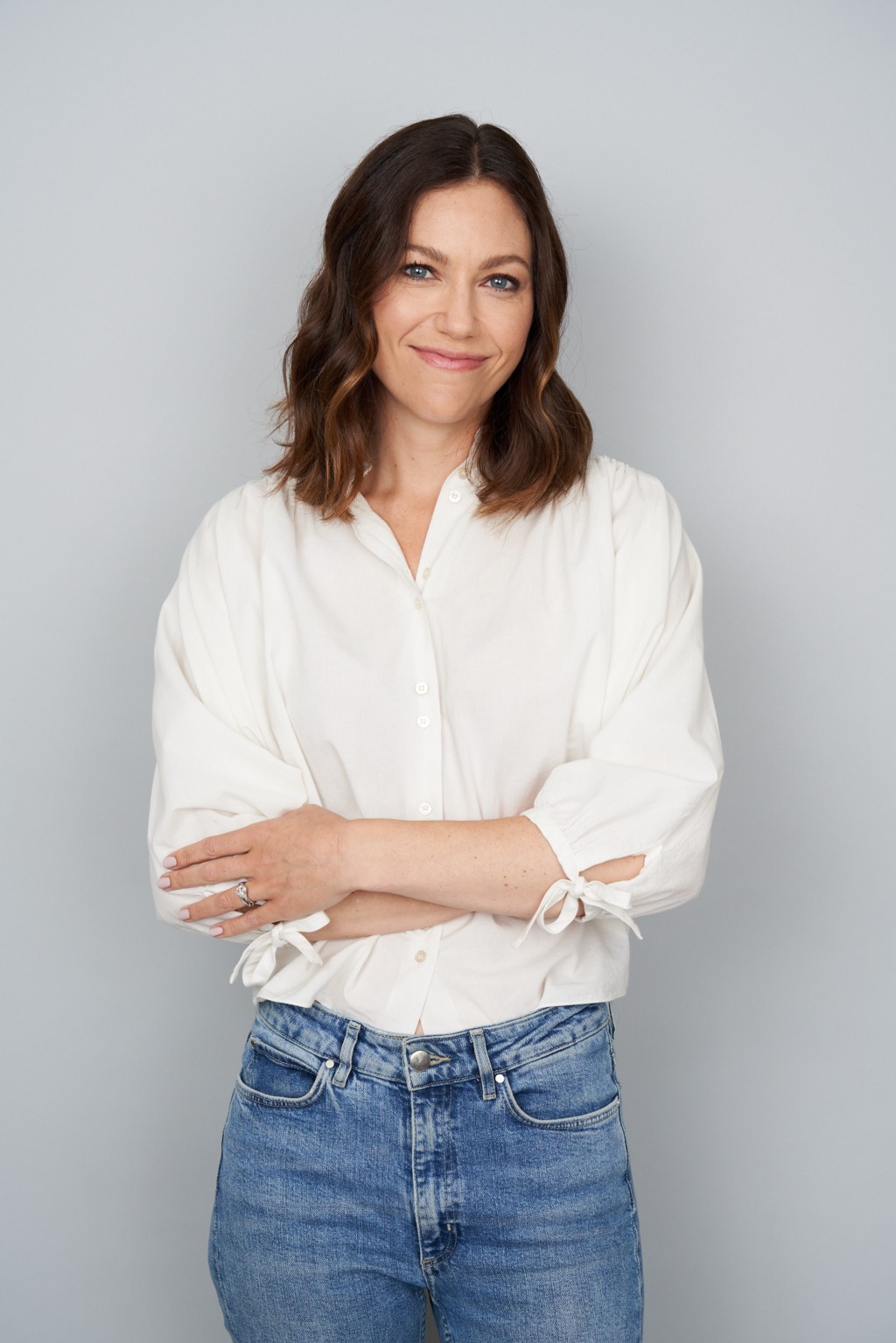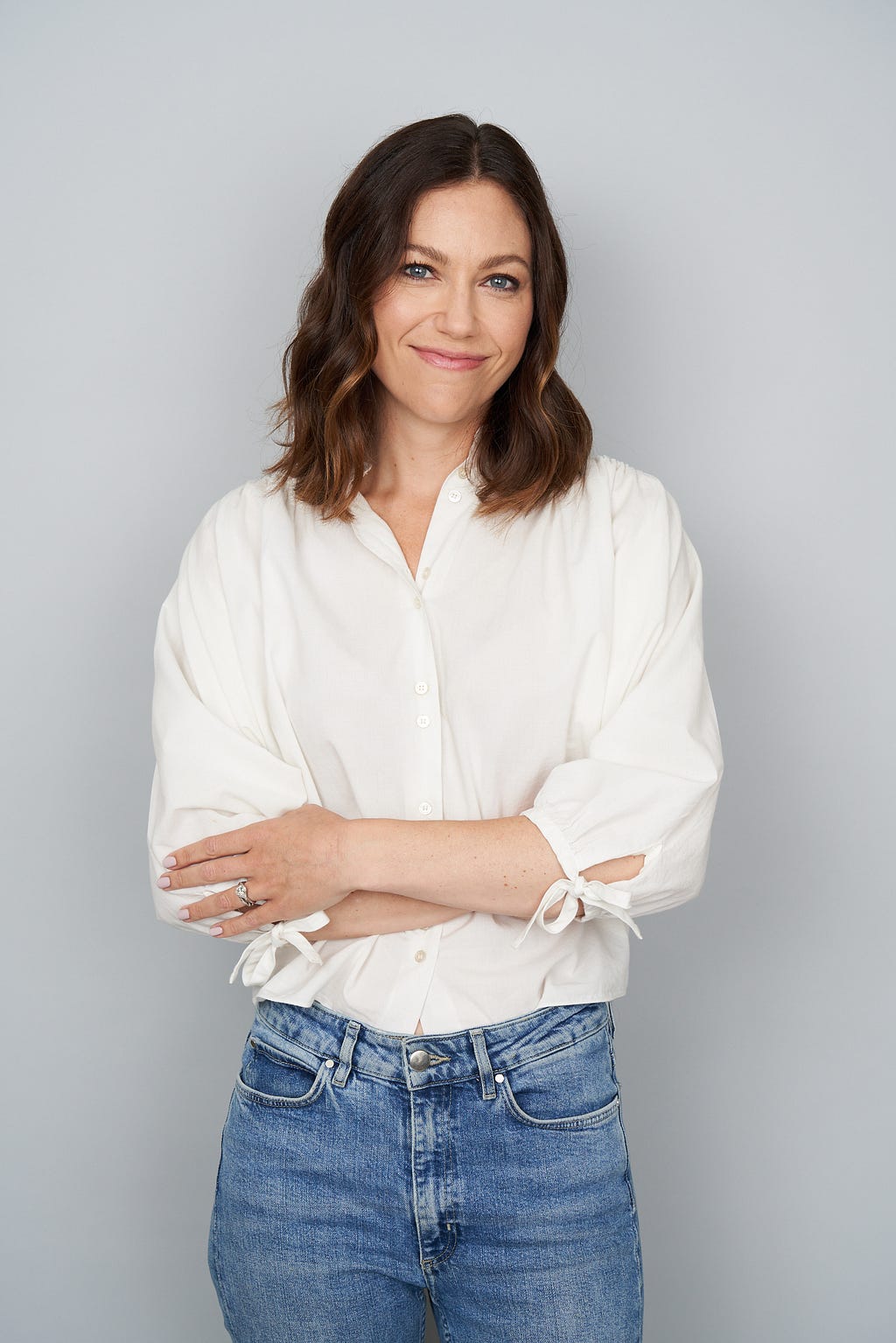Women In Wellness: Danielle Fanfair Of Confusion to Clarity on the Five Lifestyle Tweaks That Will Help Support People’s Journey Towards Better Wellbeing
An Interview With Candice Georgiadis
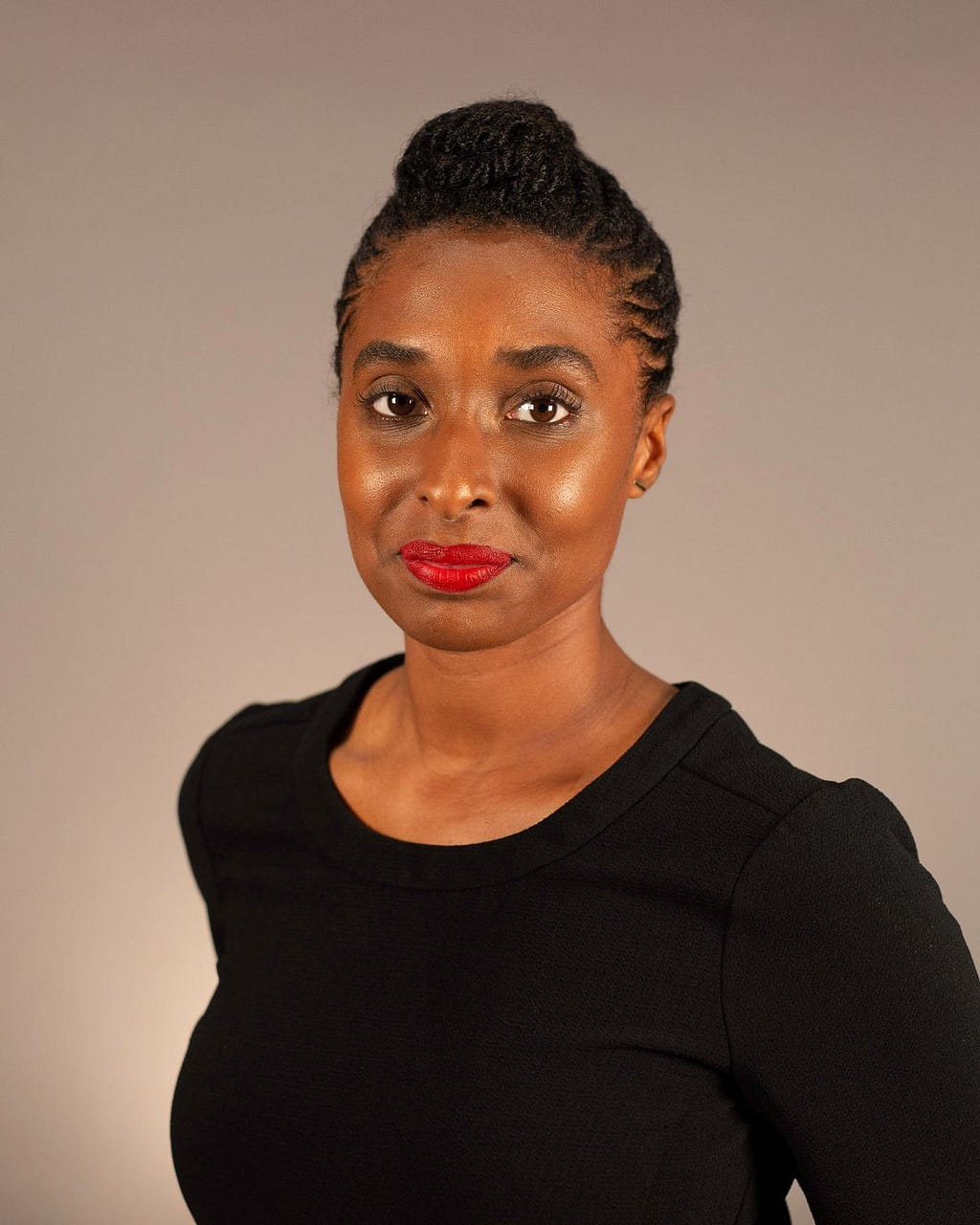
Instead of trying to overhaul your whole life, try “habit stacking” which is gradually adding in a new habit toward your goal incrementally, understanding that your habits are all supporting each goal that you have. In my practice, we start with gentle and efficient breathing techniques, then simple grounding practices, then retiring old words and upgrading language, and on and on. We build on what comes naturally and expand from there, and it’s helpful to sustain small habits that work together.
As a part of my series about the women in wellness, I had the pleasure of interviewing Danielle Fanfair.
Danielle Fanfair is a rare native Houstonian, a mom, a wife, a human being, and a graduate of Baylor University. Since 2004, she has worked as an Executive Director, conference and events planner, Strategic Director and Pastoral leader. For more than fifteen years, she’s been privileged to work as a spiritual teacher, strategic visionary and pastoral leader, and now, as a teacher of her Confusion to Clarity curriculum.
Thank you so much for joining us in this interview series! Our readers would love to “get to know you” better. Can you share your “backstory” with us?
I have always, even as a child, been obsessed with ways that we can live and feel better. Initially, I thought that meant becoming a doctor, and set my focus on science, even volunteering in a hospital and experiencing rotation in high school and pre-med studies in college. I QUICKLY changed my mind after that experience! My love for reading, writing and gift for teaching always found its way into my life. I can remember being so content in my room at my godparents’ house. I’d finish new books by the end of the weekend and write my own short stories in my little spiral notebooks. By the time I graduated from Houston’s Jack Yates Senior High School, I had won awards for my writing and speaking abilities. I went on to earn a Bachelor’s Degree in Journalism with a focus on Public Relations and a minor in Spanish (languages are another love of mine.)
My interest in people’s well-being took a spiritual turn, and after graduating college, I spent the next thirteen years growing as a conference, retreats and events organizer, spiritual teacher and non-profit executive. In 2016, I began to observe the trauma I’d experienced in religious organizations. I had what I now understand as a crisis of identity and a crisis of beliefs that included my physical and mental health breaking down. Through what I call “a symphony of miracles,” I encountered the Enneagram of Personality. My journey to understand myself and how I got to where I was has led me on a journey of healing by engaging in many wellness certifications and courses. As I transformed and healed, I began to consult with individuals, 501c(3) organizations and for-profit companies. Today, I teach all kinds of professionals, families and groups from my Confusion to Clarity™Curriculum designed to facilitate self-mastery and collaboration and to create psychological safety, a sense of belonging and develop affective trust within companies and organizations. Teaching and facilitating workshops, wellness events and retreats — witnessing liberation and transformation in real-time — is a life-giving way to contribute to others’ unfoldment.
Can you share the most interesting story that happened to you since you started your career? What were the main lessons or takeaways from that story?
I love to see people dismantle old thinking and embrace their superpowers. One of my favorite moments of my career is when I taught at a women’s self-love retreat. The stories of these women’s accomplishments were unbelievable. Yet, despite the evidence of their achievements, there was still a cognitive dissonance in how they saw themselves. It was a sort of “image dysmorphia” that distorted their own ability to see themselves as powerful, whole and invaluable contributions. By the end of the retreat, several attendees pulled me to the side. Each woman shared a similar story of constantly shrinking themselves, trying to be normal, and people-pleasing as a trauma response and how my curriculum was one of the first times they had ever seen their story, their perspective and unique expertise as a gift. These were remarkable, generative business owners and the relief on these women’s faces taught me that even the most successful people suffer from internal voices that bully them out of believing the best about themselves. The main lesson is that we all need a psychologically-safe space to examine the systems and worldviews that we inherited in our early years. Everyone deserves the time and ability to dismantle and disrupt old and unhelpful thought, emotional and behavioral patterns and update our “internal GPS” with new, more expansive and freeing ways of thinking, feeling and doing.
Can you share a story about the biggest mistake you made when you were first starting? Can you tell us what lesson you learned from that?
The BIGGEST mistake I made when starting out is undervaluing and underpricing my services. I used my own experience and scarcity mindset to project what people “would” invest instead of using market comps in my field, and quantifying the value of my proven results to my clients’ bottom lines. When I got curious and decided to observe my own rationale, I was able to do the work of growing my knowledge, elevating my experiences and learning to esteem my work the way I esteem other professionals I respect. Evaluating my belief system, where my inner critic came from and responding to my therapist’s question “Whose voice is that?” with the help of my training unlocked a positive shift in my entire perspective. My own inner work helped me to prepare grace, expand my compassion and create actionable practices for my clients who experience the same blocks.
Let’s jump to our main focus. When it comes to health and wellness, how is the work you are doing helping to make a bigger impact in the world?
My Confusion to Clarity™Curriculum includes psychological, neurological and interdisciplinary concepts along with exploration of The Enneagram of Personality to develop compassionate self-mastery. Participants learn practices to understand themselves and other people better. We create practices to develop long-standing relationships, de-escalate conflict, overcome obstacles, create a personal culture for self-care and grow emotional, intellectual and instinctual intelligence. The confusion lies in the belief that we are not enough, and must be like somebody else in order to be competent, connected and have power. The clarity emerges when we observe, accept, love and master who we authentically are.
Participants leave with tools for:
- Reducing stress and increasing clarity in various relationship systems.
- Learning and utilizing a tool for understanding different types of people and working well within constraints (be they relational or occupational),
- Deepening a specific understanding of how to balance priorities, develop and grow personal gifts, contributions and understand our “blind spots.”
I teach workshops in all industries, from hospitals to museums to tech companies, and in a recent workshop, an attendee said, “I’m learning that investing time in building trust creates efficiencies down the line.” When we do the work to nurture our own self-reliance and inner trust, we prime our ability to relate well to and collaborate with others. The result is growth in every area of our lives.
Energy transfers. When we make our contributions with joy, gratitude, and confidence in our competency, we give those values to others. When we give ourselves compassion, we rush to give others that feeling. And here are the results: better performance, higher productivity, and becoming more attractive to those who want and need what we have. I love watching colleagues who initially saw each other as obstacles grow to see each one another’s gifts and become collaborators.
I want to see a world that operates in harmony, with love and respect at the helm of interactions. Can you imagine what our families, communities and business ecosystem would look like if everyone had the tools and practices to do so? I can.
Can you share your top five “lifestyle tweaks” that you believe will help support people’s journey towards better wellbeing? Please give an example or story for each.
- Develop a vocabulary of your needs. We often don’t know our needs until they go unmet or our boundaries until someone crosses them. My habit of repressing my anger taught me to ignore when I was hurt, uncomfortable or in unhealthy relationships. When I began to allow my anger (instead of pushing it down) and assess what triggers my anger, I gained information to understand some legitimate boundaries I could put in place to preserve my peace, and learned to welcome and respect others’ boundaries.
- Instead of trying to overhaul your whole life, try “habit stacking” which is gradually adding in a new habit toward your goal incrementally, understanding that your habits are all supporting each goal that you have. In my practice, we start with gentle and efficient breathing techniques, then simple grounding practices, then retiring old words and upgrading language, and on and on. We build on what comes naturally and expand from there, and it’s helpful to sustain small habits that work together.
- Prioritize adequate rest as a requirement, not a reward. Our brains function optimally on 7–8 hours of sleep. Many of us wear sleep deprivation like a badge of sacrificial honor. During my training, we explore different paths and practices for rest and learn that the time that we don’t invest in true rest is time that we will spend when it takes us longer to focus, create, and produce because we aren’t able to process and apply information as quickly due to exhaustion.
- Consider allowing the things that bring you joy as an investment in your own success. In my corporate training, attendees are always shocked when they experience, in real-time, the neurological cascade of dopamines, endorphins, serotonin and other happy hormones that have an immediate effect on our ability to think, feel and act positively and efficiently.
- Listen to your body. Andrea Mosley, who is my friend, and licensed psychotherapist always says, “Your body will never lie to you.” There is so much wisdom in our body’s sensations and our physical responses. We have wisdom in our DNA that can accelerate our understanding and growth. I have guided hours of meditation practices, and the most common revelation my attendees have is their bodies start talking to them when we get still and notice.
If you could start a movement that would bring the most amount of wellness to the most amount of people, what would that be?
I am realizing a dream of a touring Wellness Festival that merges ancient wellness practices, vibrant food choices and somatic healing with interdisciplinary art forms as we speak! Envision with me: what if we combined the grounding results of meditation, the cleansing effects of live music, the contagious joy of human connection and delicious plant-based culinary art? My training, retreats and workshops interweave wellness practices for maximum impact.
What are your “5 Things I Wish Someone Told Me Before I Started” and why?
- What you like is important. Many of the innovations that we use and experience are in existence because the creator trusted their own tastes and personal preferences.
- Who you are, right now, is okay. We beat ourselves up all the time, and we don’t spend nearly as much time truly celebrating how we are utilizing our gifts, knowledge and wisdom every day.
- Learn how you learn and consistently feed yourself new knowledge. When I want to shift into a new industry or update my curriculum, I have learned that (for me) enrolling in classes in that area is useful in gaining fluency, access to current practice and schools of thought, and bridging my experience with the new information is so generative. How do you learn? Create a system and practice of gaining new information for yourself.
- Do not underestimate the power of taking breaks and doing what you want to do has toward your subconscious figuring out the thing for you. I love how Maya Angelou’s grandmother used to encourage her to play Solitaire and say, “Sister, you got to give your little mind something to do to free up your big mind.”
- Listen to the advice of people who have been where you want to go and be selective about with whom you share your visions. The people in what Brené Brown calls “the arena” can help you shift. Those who are watching in “the stands” may cast seeds of doubt, never having been where you are going.
Sustainability, veganism, mental health and environmental changes are big topics at the moment. Which one of these causes is dearest to you, and why?
Whew, this is hard! They all work together and I find that once we begin upgrading our lives in one area, our desire for a new quality of life begins to overflow into other ways to grow. My journey began with a plant-based diet. After seeing my elders pass away from preventable and food-based illnesses, I longed to break the cycle and create a new path for myself and my family. On my path to dietary wholeness, I learned more about mental health. As I began to practice mental health practices combined with better food choices, I stumbled into environmental sustainability. Learning more about environmental sustainability inspired me to move and exercise more. A great example is, I wanted to drink more water. I was sick of taking out the trash and annoyed at how much plastic I consumed with individual water bottles. So, I started using a water dispenser and a reusable bottle. When I was researching how to refill my 5-gallon bottles, I learned about pH levels, the benefits of alkaline water and water sustainability practices. My next step is to upgrade how my entire household uses water. I would encourage anyone who wants to make a change to begin with micro habits in one area and watch how they become more aware and open to stacking habits.
What is the best way our readers can follow you online?
Join my newsletter atconfusiontoclarity.life! I curate a special, gentle flow of helpful information and invitations to events, experiences and opportunities to learn, grow and enjoy ourselves. Isn’t that really the point of it all?
Thank you for these fantastic insights!
Women In Wellness: Danielle Fanfair Of Confusion to Clarity on the Five Lifestyle Tweaks That Will… was originally published in Authority Magazine on Medium, where people are continuing the conversation by highlighting and responding to this story.


